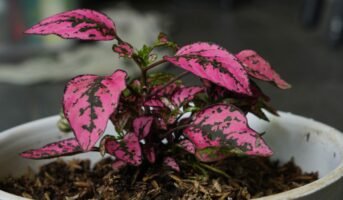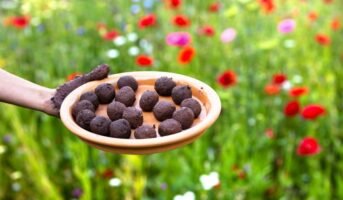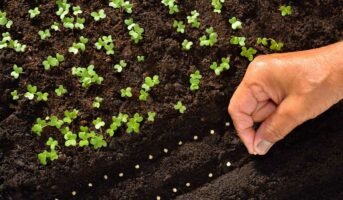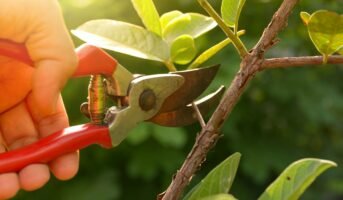A plant can reproduce asexually with the help of one plant and certain natural processes. The outcome will be genetically identical to the parent plant, allowing for the production of numerous fruits and flowers by vegetative multiplication. We will study the definition, types, purposes, and methods of vegetative propagation, as well as vegetative propagation examples.
Vegetative propagation: Meaning
Vegetative propagation describes the process by which a plant reproduces asexually through its roots, stem, and leaves. Besides its seeds, the relevant plant part might be used to develop new plant species. Bananas, sweet potato, cassava and pineapple are examples of actual vegetative propagation.
Nte that just one plant would be engaged in vegetative propagation. Natural reproduction produces offspring that are genetically identical to the parent plant.
Vegetative propagation: Advantages and disadvantages
As vegetative propagation is a form of asexual reproduction, the plants produced by this method are genetic clones of the parent plant. This has both benefits and drawbacks.
A benefit of vegetative propagation is the recurrent reproduction of plants with desirable characteristics. Commercial crop cultivators might use artificial vegetative propagation techniques to ensure their crops have desirable traits.
However, a fundamental disadvantage of vegetative propagation is that it does not permit any genetic variety. Genetically identical plants are subject to the same viruses and illnesses and hence crops grown using this technology are quickly eradicated.
Vegetative propagation: Artificial
Artificial vegetative propagation is a form of plant reproduction in which human intervention is required. Cutting, layering, grafting, suckering, and tissue culture are the most prevalent types of artificial vegetative reproductive procedures. Numerous farmers and horticulturists use these techniques to cultivate crops with healthier, more appealing attributes.
Cutting vegetative propagation
A plant portion, generally a stem or leaf, is removed and then replanted. From the cuttings, adventitious roots sprout, and a new plant emerges. Before being planted, cuttings are occasionally treated with hormones to stimulate root development.
Grafting is the process of attaching a desired cutting or scion to the stem of another plant that remains rooted in the soil. Over time, the tissue systems of the cutting become grafted into or integrated with those of the parent plant. This technique involves bending plant stems or branches till they touch the earth. The dirt is then applied to the areas of branches or stems in touch with the ground.
In an additional method known as air layering, branches are scraped and wrapped in plastic to prevent moisture loss. Where the branches were scraped, new roots sprout, and the branches are removed from the tree and planted.
Attached to the parent plant, suckers produce a dense, compact mat. Since too many suckers might cause a reduction in crop size, the surplus is removed. Cut mature suckers from a parent plant and transplant them to a new location, where they will produce new plants. Suckering has two purposes: developing new shoots and eliminating nutrient-sucking buds that inhibit the growth of the main plant.

Source: Pinterest
Layering vegetative propagation
Layering vegetative propagation can be achieved by bending a low-growing, flexible stem to the ground. Cover a portion of it with dirt, leaving 6 to 12 inches exposed above the surface. Bend the tip vertically and secure it with a stake. The acute bend frequently induces roots; however, inflicting a wound on the bent branch’s underside may also be effective. Most plants with low-growing branches are amenable to simple layering.
Climbing roses, forsythia, rhododendron, honeysuckle, boxwood, azalea, and wax myrtle are all examples of plants that can be propagated through simple layering.
In early spring, a dormant branch can be used for layered vegetative proliferation, while in late summer, a mature branch can be utilised. Check periodically for sufficient hydration and the development of roots. It could take one or more growing seasons before the layer is suitable for transplanting.
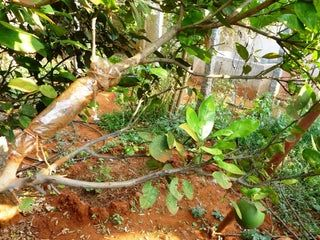
Source: Pinterest
See also about Ginger Is Root Or Stem
Tissue culture
This approach involves the cultivation of plant cells obtained from various areas of the parent plant. The tissue is placed in a sterile container and cultivated in a specific medium until a callus forms. The callus is then cultivated in a solution containing hormones until it develops into plantlets. These mature into fully-grown plants when planted.

Source: Pinterest
Vegetative propagation: Natural
The process of natural vegetative propagation occurs when plants grow and develop without human interference. The capacity of plants to grow adventitious roots is crucial to their ability to engage in natural vegetative multiplication.
Forming adventitious roots, stems, roots, or leaves of a parent plant can give rise to new plants. The most common source of vegetative plant propagation is modified stems. Rhizomes, runners, bulbs, tubers, and corms are examples of plant structures that originate from stems. Tubers can also grow from their roots. Plantlets develop from plant leaves.
Vegetative propagation: Plant structures that permit natural plant reproduction
Rhizomes
The formation of rhizomes can facilitate the occurrence of natural vegetative propagation. Rhizomes are modified stems that normally grow horizontally along the ground’s surface or below it. Proteins and carbohydrates are stored in rhizomes, which also serve as locations for the storage of other growth-promoting chemicals. As rhizomes expand, roots and branches may sprout from rhizome segments to form new plants. This is how certain grasses, lilies, irises, and orchids propagate. Ginger and turmeric are rhizomes of edible plants.
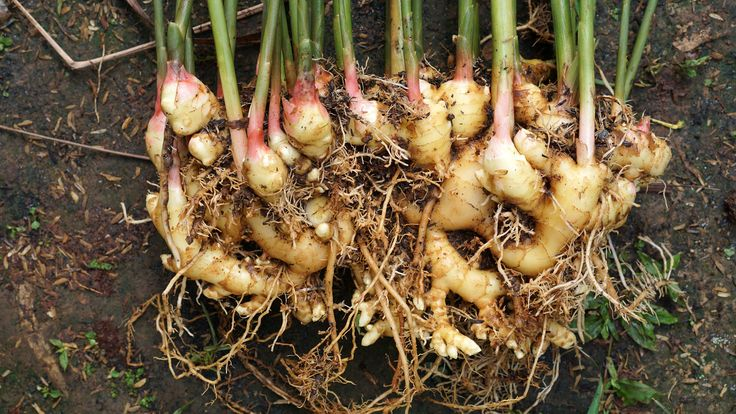
Source: Pinterest
Runner
Runners, also known as stolons, are similar to rhizomes in that they grow horizontally at or near the soil’s surface. As opposed to rhizomes, they arise from existing stems. Runners establish roots from buds located at nodes or their tips as they expand. The distance between nodes (internodes) is greater in runners than in rhizomes. At the nodes where shoots sprout, new plants develop. This method is utilised by strawberry and currant plants.

Source: Pinterest
Bulbs
Underground bulbs are the spherical, enlarged portions of a stem that are typically round and swollen. Within this vegetative propagation, organs are the young plant’s primary shoot. The bud of a bulb is encircled by layers of fleshy, scale-like leaves. These leaves serve as a source of food storage and nurture the young plant. Onions, garlic, shallots, hyacinths, daffodils, lilies, and tulips are all examples of plants that originate from bulbs.
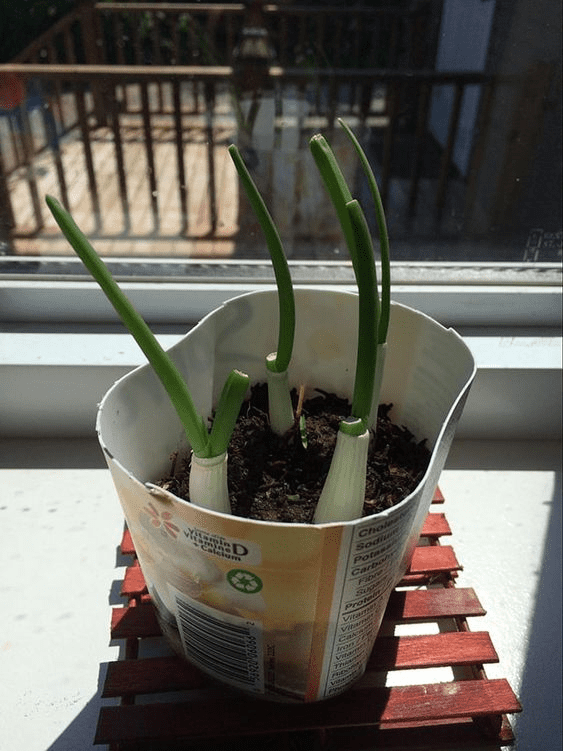
Source: Pinterest
Tubers
Tubers are organs that originate from stems or roots. Stem tubers develop from swelling rhizomes or runners that have stored nutrients. The upper surface of a tuber yields a new plant shoot system (stems and leaves), whilst the lower surface yields a root system.
For example, potatoes and yams are stem tubers. Root tubers are derived from modified roots that store nutrients. These expanded roots could give rise to a new plant. Root tubers such as sweet potatoes and dahlias are examples.

Source: Pinterest
FAQs
Which types of plants do best when propagated by cutting?
Numerous varieties of plants, both woody and herbaceous, are often grown through cuttings.
Is banana grown through vegetative propagation?
Bananas grown for commercial purposes lack seeds and are propagated exclusively vegetatively.
Housing News Desk is the news desk of leading online real estate portal, Housing.com. Housing News Desk focuses on a variety of topics such as real estate laws, taxes, current news, property trends, home loans, rentals, décor, green homes, home improvement, etc. The main objective of the news desk, is to cover the real estate sector from the perspective of providing information that is useful to the end-user.
Facebook: https://www.facebook.com/housing.com/
Twitter: https://twitter.com/Housing
Email: [email protected]

